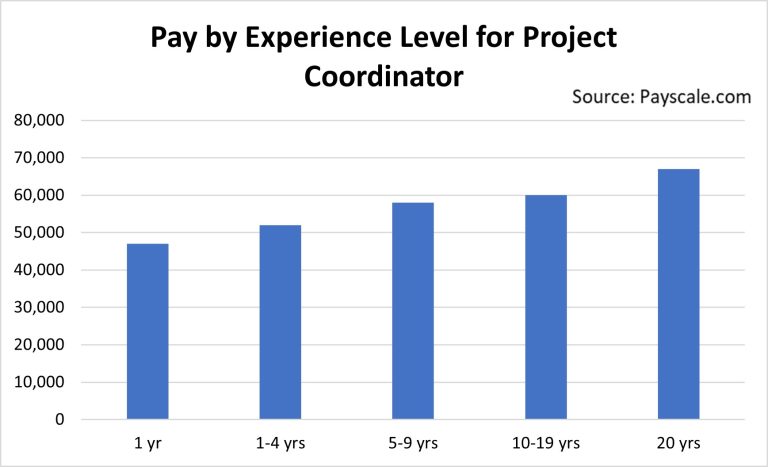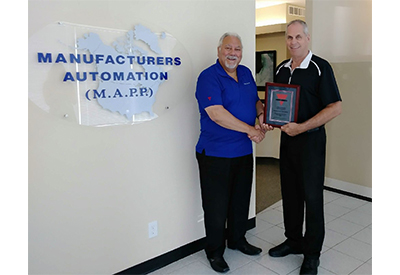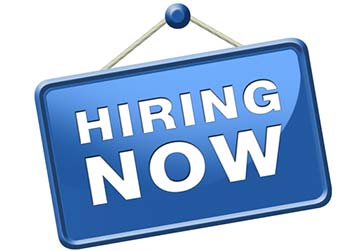Why Helping Employees Develop Their Coping Skills and Resiliency Is Good Business

Mar 18, 2019
By Bill Howatt
People with low levels of coping skills are at higher risk for mental health issues and mental illness than those with high levels. Gaps in coping skills inhibit the ability to solve problems and to make healthy and effective decisions.
To examine how coping skills can predict health outcomes, Dr. Bill Howatt facilitated a doctoral research study that examined the question: “What role does an individual’s coping skills have in predicting psychological and physical health outcomes?” The study found that coping skills mattered and were, in fact, a moderator that partially explains why some individuals had better physical and psychological health outcomes than others. The study concluded that when combining a person’s coping skills with their perceived stress levels, coping skills were significant in predicting which employees were at more or less risk for health issues.
Dr. Howatt repeated the above study in the public domain by using a survey called Your Life at Work, launched in 2014 by The Globe and Mail, and which collected more than 12,000 individual responses. One interesting observation from the aggregated responses is that nearly 60% of employees go to work experiencing some form of stress originating from work or home. The degree of stress can range from low to high.
The higher the stress level individuals presented, the greater the risk for mental and physical illness that could be or is currently negatively impacting their quality of life. Moderation analyses repeated with this sample population also found that coping skills were significant for predicting health outcomes and employees’ engagement levels.
When a person cannot cope they are at risk for engaging in behaviours that can negatively impact their resiliency. They may fail to eat correctly, stay up late drinking at night, or get less than six hours’ sleep. If they don’t engage their family or friends for support, they drain their energy reserves. The lower their reserves get, the more at risk they become. Like a battery charge, the higher the resiliency levels, the greater the readiness to provide a strong output. Ultimately, a person’s resiliency levels are defined by what they do to build and restore them.
Prolonged periods of stress increase the risk for strain that results in fatigue, risk of accidents, mistakes, and physical and psychological symptoms. A person who remains under psychological strain, such as high job demands, can experience mental health issues that include symptoms of anxiety or depression that can disrupt their quality of life, especially when they are not able to keep their resiliency levels up.
The business case for investing in coping skills to support employees
Following are some examples of the direct relationship between coping skills and business imperatives that impact an organization’s top and bottom lines.
Turnover — Some employees leave their job because they can’t cope with the demands of their work or direct manager, don’t fit into the culture, or can’t get along with their peers. Lack of coping skills may be one reason that some HR leaders don’t consider. Employees’ intrapersonal skills influence how they perceive both their work and the culture, so helping an employee get a coping skills baseline assessment of their risk can be an economical and effective way to retain critical hires.
In a typical organization approximately 30% of the population can benefit from developing coping skills. In a company that is experiencing an 18% voluntary turnover rate, it’s possible that 4.5% of decisions to leave may be related to coping skills.
The estimated replacement cost of a low-paying job is 16% of annual salary, mid-range is 20%, and highly-educated executive positions, 213%. Consider ABC Company with 1,000 white collar workers. Based on an average cost of 20% of the aggregate $85,000 salary, replacing an average 19% turnover results in approximately $3.2 million annual costs. If within the 4.5% turnover related to coping skills the employer could influence a 1% improvement by facilitating coping skills within the employees’ lifecycle and retaining 10 employees a year, the cost saving would be approximately $170,000. The savings in tacit knowledge and productivity could be several times this.
Productivity — How effectively a person copes can predict their risk for mental illness, and there is a direct relationship between coping and presenteeism. Presenteeism occurs when an employee attends work feeling mentally and/or physically unwell, resulting in falling short of achieving minimal standards of performance.
If an employee is not feeling well at work and gives their best effort for only half of the day, for the other half they are performing at a substandard level or perhaps not at all. This suggests that approximately half of this employee’s salary for the day is not being fully earned. Presenteeism can be 7.5 times costlier than absenteeism, estimated at $20-$30 billion for Canadian employers.
If ABC Company found that 30% of its workforce is putting in less than 70% of its best effort each day, this means that approximately 300 full-time equivalent positions are being paid 100% for less than 70% of their best work. This suggests that in a workforce of 1,000, with an average salary of $85,000, approximately $26 million of payroll is not being fully utilized. Employees with high coping skills are at less risk for presenteeism than those without.
Disability management — Disability continues to be a concern for many organizations, especially short-term disability due to mental health issues such as adjustment disorder. These are work- or life-related problems that cause stress and can result in a person feeling depressed, anxious, or self-destructive. Cases where an employee whose mental illness isn’t resolved can develop into complex, long-term disability. Mental health problems and illnesses typically account for approximately 30% of short- and long-term disability claims.
Factors that employers will be advised to track closely include the average age of people who go on long-term disability, the reasons, and the duration. The key for any disability program is a safe return to work. There are different tactics to shorten the duration of disability absence, lessen the costs of an absence, such as to work with the employee to gradually reintegrate them into the workplace permitting them to gradually and incrementally cope with an increase in their job tasks over time.
Physical health — A prominent neurologist once said, “What’s good for your heart is also good for your brain.” There are many things we can do to support our brain to keep it healthy, just as we’ve come to do for heart health. Our brain is constantly receiving inputs from our environment through various organs. This causes our brain and body to secrete chemicals (neurotransmitters and hormones) to respond accordingly to these inputs. Some are measurable: serotonin, melatonin, GABA, dopamine, epinephrine, estrogen, testosterone, cortisol, and insulin. Every chemical has an integral part. They determine if we are calm, excitable and anxious, depressed, obsessive and compulsive, or develop a craving and addiction.
How we are able manipulate these chemicals will determine our ability to cope with stress, which in turn could determine if a mental illness is more likely to manifest. Hence, there is value in learning how to modulate brain chemicals through lifestyle. Experts often advocate having a healthy lifestyle by being more active, eating well and getting enough sleep.
Recently TELUS led a study using a wellness solution called Self-Health. They were able to show, in just 12 weeks, improved hormone profiles and reduced disease risk, including the risk of depression through lifestyle changes. This is evidence that developing healthy lifestyle skills is a coping strategy and a method of improving physical and mental resilience.
In the same pilot, we were able to show a savings of $17 per employee on the benefit side, a 9% cost reduction as a result of lowering the risk of diabetes and a cost savings of $72 per employee, a 15% reduction for heart disease in one pilot group with more junior employees.
Summing up
One key point for all employers to keep top of mind: though coping skills and resiliency are important, there is no quick fix. Employees need to be engaged in the process and to see the value of taking responsibility to learn and develop coping skills. Employers can train their leaders to better cope and manage their employees; however, no silver bullet nor training will solve this problem. The message here is that total health for a workforce is created one employee at a time, and that what an employee thinks defines what they do.
Bill Howatt, Ph.D, Ed.D., is Chief of Research and Development, Workforce productivity. This article was first published online by Morneau Shepell.
Contributors
Dr. Kelly VanBuskirk, Q.C., Ph.D, C.Arb. (P.C.), Partner, Lawson Creamer
Dr. Elaine Chin, M.D., MBA, Founder, Executive Health Centre
Dr. Jonathan Davids, MD, CCFP, FCFP, CCBOM, Dip Sport Med, Sr. Medical Director / Occupational Medicine Physician, Medical Services, Loblaw Companies Limited
* Survey says: We’re stressed (and not loving it). http://www.theglobeandmail.com/report-on-business/careers/career-advice/life-at-work/survey-says-were-stressed-and-not-loving-it/article22722102/
Photo by Simon Wijers on Unsplash










